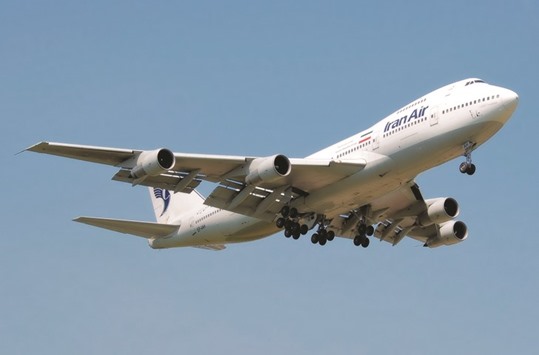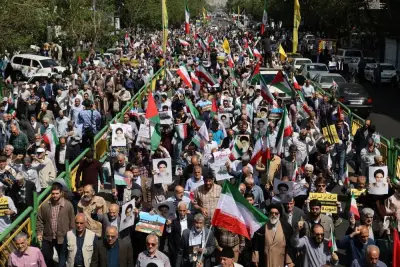Iran Air, the Islamic Republic’s state carrier, has signed a memorandum of understanding with Boeing Co for narrow- and wide-body aircraft in the first transaction by the US planemaker since sanctions were lifted in January.
The purchase includes a mix of 737 and 777 models, Iran Air said in a statement on its website. The carrier will obtain the planes through a lease purchase, pending clearance from the US and Iran. In a separate statement, Boeing confirmed that an initial agreement had been reached, adding that “any and all contracts with Iran’s airlines will be contingent upon US government approval.”
The country intends to buy 100 jetliners from Boeing, Ali Abedzadeh, director of Iran’s Civil Aviation Organisation, said in a newspaper interview earlier this week. There were no details on the total figure in yesterday’s statements.
The agreement follows a $27bn order by Europe’s Airbus Group in January. The plane manufacturers are competing in one of the few remaining untapped jet markets as a weak global economy saps demand in other regions. Iran says it needs 400 long-range and 100 short-range jets and sees $50bn in aircraft investments after years of sanctions left its ageing fleet in dire need of upgrading.
Iran Air, the country’s biggest carrier currently serving 27 domestic and 29 international routes, needs the upgraded aircraft as it rolls out a 10-year plan aimed at moving from survival mode to expansion. The airline, whose ageing fleet includes 747s and Fokker NV 100s, is planning to reinstate long-haul routes such as Tokyo and Seoul that were halted under sanctions once it gets the wide-bodies to make those flights.
Plane deals with Iran are not without risks. The companies must address sanctions that prohibit banks from dollar-based transactions with Iran. Boeing must additionally take into account a political backlash in the US, given Iranian leaders’ penchant for anti-American rhetoric.
Iran inflation at 25-year low in post-sanctions win for Rouhani
Bloomberg/Dubai
Iranian inflation eased into single digits for the first time in a quarter century, delivering on a commitment made by President Hassan Rouhani’s government that’s been aided by the end of international sanctions.
The annual inflation rate fell to 9.5% in the Iranian calendar month that ended June 20, Vice President Mohammad Bagher Nobakht said yesterday, according to the official Islamic Republic News Agency. The rate dropped from 10.2% in the previous month, he said, citing figures from the national statistical centre.
Central bank governor Valiollah Seif said in May that Iran hadn’t had single-digit inflation in 25 years, predicting that the target would be reached in the summer months.
Sanctions imposed on Iran over its nuclear programme curtailed oil sales and slashed investment, tipping the Islamic Republic into recession and helped send prices surging. During the rule of Rouhani’s predecessor, Mahmoud Ahmadinejad, inflation peaked at around 40% before starting to dip, according to the central bank.
Since world powers and Iran agreed an accord which removed most trade and finance restrictions in return for nuclear curbs, crude exports have risen almost to pre-sanctions levels and global companies have signed deals.
“Inflation was one of the major challenges in the Iranian economy over the last decade and has been a significant priority of the Rouhani administration,” said Parham Gohari, co-founder of Frontier Partners, which advises multinationals on entering Iran. With a presidential election approaching next year, “Rouhani wants to make sure he delivers on this promise.”

Iran Air, the country’s biggest carrier currently serving 27 domestic and 29 international routes, needs the upgraded aircraft as it rolls out a 10-year plan aimed at moving from survival mode to expansion


